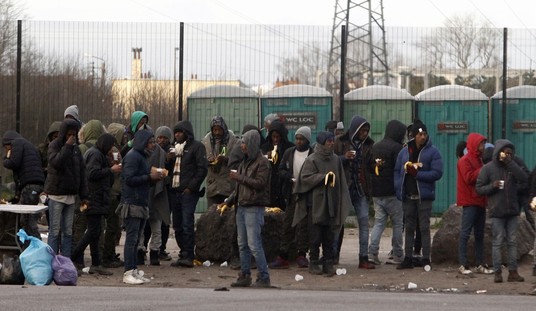The Washington Post published a story yesterday which adds a new wrinkle to the debate over the origin of the coronavirus. If you’re familiar with this topic then you already know there are basically three major possibilities for how the virus started circulating in 2019. One possibility, which is still considered most likely by a majority of virologists, is that it arose naturally via zoonotic spillover, i.e. a virus present in bats infected a human and began to spread. It’s also possible that there was an intermediate animal as was the case with the original SARS virus and also with MERS.
A likely reservoir of those viruses is a system of caves about 1,000 miles south of Wuhan in Yunnan province. However because the bats that live there are so far away, it raises the question of how the virus could have traveled all the way to Wuhan without infecting a bunch of people along the way.
The Post story suggests an alternate source of the virus. There is another large cave system in Enshi, China which is about 275 miles west of Wuhan. The largest cave there is called Tenglong which means “flying dragon” and contains 37 miles of caves which are home to numerous species of bats. Prior to the outbreak of the pandemic, this area was also home to a lot of wildlife farming of just the type of animals that might make good intermediate steps to transmit a virus from bats to humans.
In the rolling land near the caves, Enshi officials for years promoted wildlife farming to alleviate poverty. Enshi accounted for 17 percent of Hubei wildlife farms shut down in the pandemic, official announcements show. Authorities estimated that the 290 shuttered Enshi farms had 450,000 to 780,000 animals.
“We really need to find out more about what viruses are circulating in those bats” in the Enshi caves, said Michael Worobey, an evolutionary biologist at the University of Arizona. “That kind of proximity of farmed animals and bats that could be carrying coronaviruses is exactly the kind of thing we worry about.”…
Beijing has been less than eager to find answers in Hubei, as it touts its own theory that the virus may have originated overseas. One foreign scientist who worked for years with the Wuhan Institute of Virology, and who spoke on the condition of anonymity to discuss sensitive matters, said the institute’s field research in bat caves has been suspended since the pandemic began.
As is always the case with these stories, the Chinese insistence on secrecy isn’t helping. There’s evidence the authorities suspected some connection to the Enshi wildlife trade early on but we don’t know why.
A clampdown on Enshi’s wildlife trade at wet markets began on Dec. 23, 2019, according to state media, eight days before China publicly acknowledged the new virus. The head start in Enshi doesn’t mean officials found something amiss: It could have been preventive, as rumors emerged of market vendors falling mysteriously ill in Wuhan. But it means evidence on Enshi’s wildlife trade was erased before the world was aware of the existence of a novel coronavirus.
Since then, Beijing has rebuffed international calls for more details on supply chains of live wildlife leading to Wuhan markets, even as local officials shut down wildlife farms — possibly coming across some of the information the WHO seeks.
When you add to that the general Chinese paranoia about anyone else learning something it’s hard to know what to believe:
During the trip to Enshi, a reporter was followed by men in several cars who did not identify themselves, but who would subsequently talk to interviewees. None of the farm operators would say whether the animals had been tested for SARS-CoV-2 before being disposed of or released.
To sum this up, there is a possible source of bats that carry viruses closer to Wuhan than the caves in Yunnan. That area was also a hotspot for the wild animal trade. Some of the animals from that trade surely made it to wet markets in Wuhan and there’s even evidence the authorities were worried about that connection before announcing word of the new virus to anyone.
What’s really needed to nail this down is tests or samples of the animals that were at those farms in 2019 when they were shut down. We don’t know if those tests were ever done and if so, what the results were. In some cases, the animals at these farms were apparently just released back into the woods.
The point of all of this is that we can’t really prove the natural spillover theory of the origin of the coronavirus for the same reason we can’t prove the lab leak theory: China refuses to share information. As a Washington Post editorial said yesterday, China’s stonewalling is unacceptable.








Join the conversation as a VIP Member